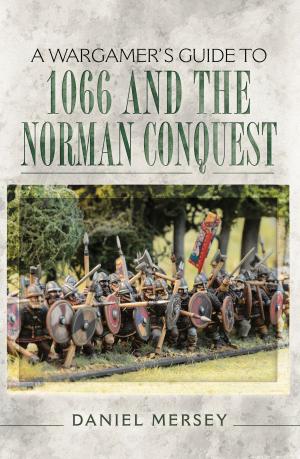Western Front 1914-1916
Mons, Le Cataeu, loos, the Battle of the Somme
Nonfiction, History, Military, World War I| Author: | John Crehan, Martin Mace | ISBN: | 9781473828551 |
| Publisher: | Pen and Sword | Publication: | July 16, 2013 |
| Imprint: | Pen and Sword Military | Language: | English |
| Author: | John Crehan, Martin Mace |
| ISBN: | 9781473828551 |
| Publisher: | Pen and Sword |
| Publication: | July 16, 2013 |
| Imprint: | Pen and Sword Military |
| Language: | English |
From the moment the German army moved quietly into Luxemburg on 2 August 1914, to the Armistice on 11 November 1918, the fighting on the Western Front in France and Flanders never stopped. There were quiet periods, just as there were the most intense, savage, huge-scale battles. The war on the Western Front can be thought of as being in three phases: first, a war of movement as Germany attacked France and the Allies sought to halt it; second, the lengthy and terribly costly siege warfare as the entrenched lines proved impossible to crack (late 1914 to mid-1918); and finally a return to mobile warfare as the Allies applied lessons and technologies forged in the previous years. As with previous wars, British Commanders-in-Chief of a theatre of war or campaign were obliged to report their activities and achievements to the War Office in the form of a despatch and those written from the Western Front provide a fascinating, detailed and compelling overview of this part of the First World War.
From the moment the German army moved quietly into Luxemburg on 2 August 1914, to the Armistice on 11 November 1918, the fighting on the Western Front in France and Flanders never stopped. There were quiet periods, just as there were the most intense, savage, huge-scale battles. The war on the Western Front can be thought of as being in three phases: first, a war of movement as Germany attacked France and the Allies sought to halt it; second, the lengthy and terribly costly siege warfare as the entrenched lines proved impossible to crack (late 1914 to mid-1918); and finally a return to mobile warfare as the Allies applied lessons and technologies forged in the previous years. As with previous wars, British Commanders-in-Chief of a theatre of war or campaign were obliged to report their activities and achievements to the War Office in the form of a despatch and those written from the Western Front provide a fascinating, detailed and compelling overview of this part of the First World War.















